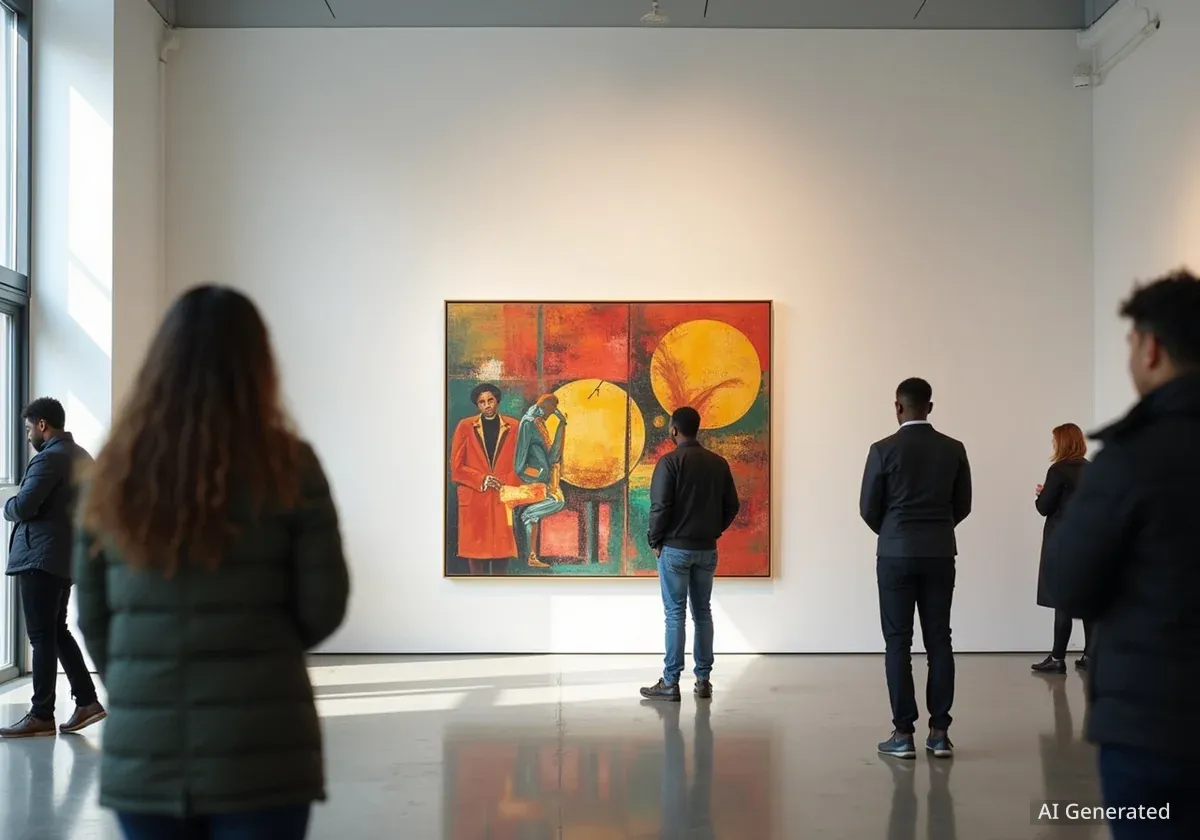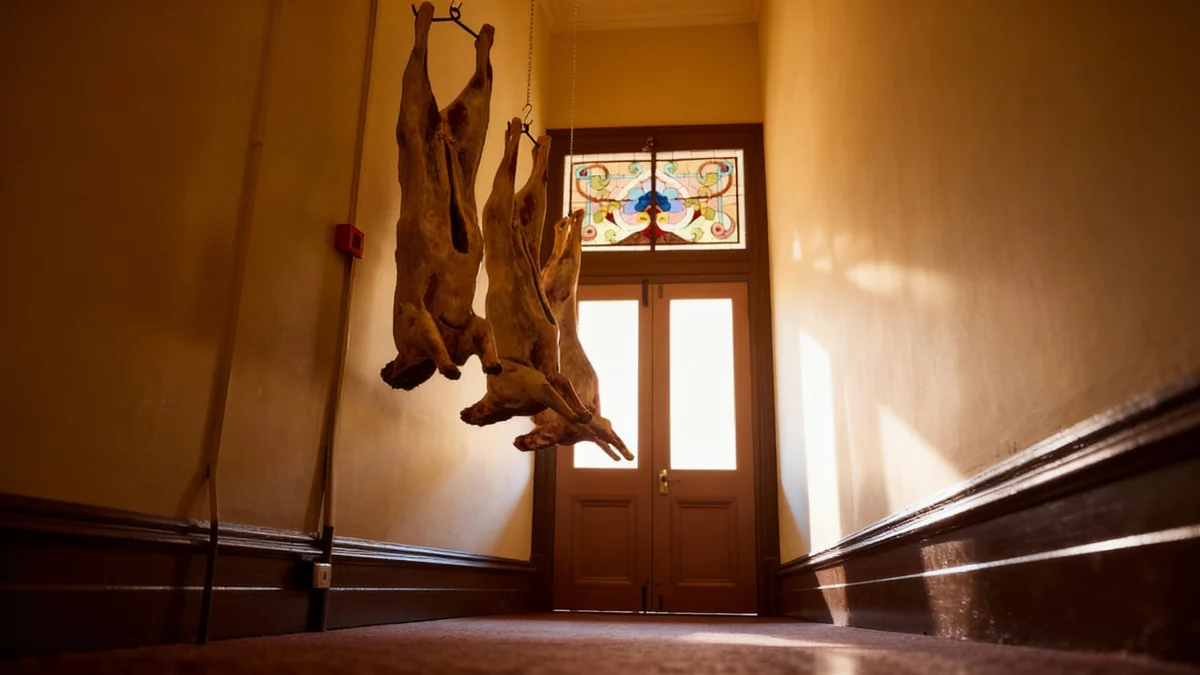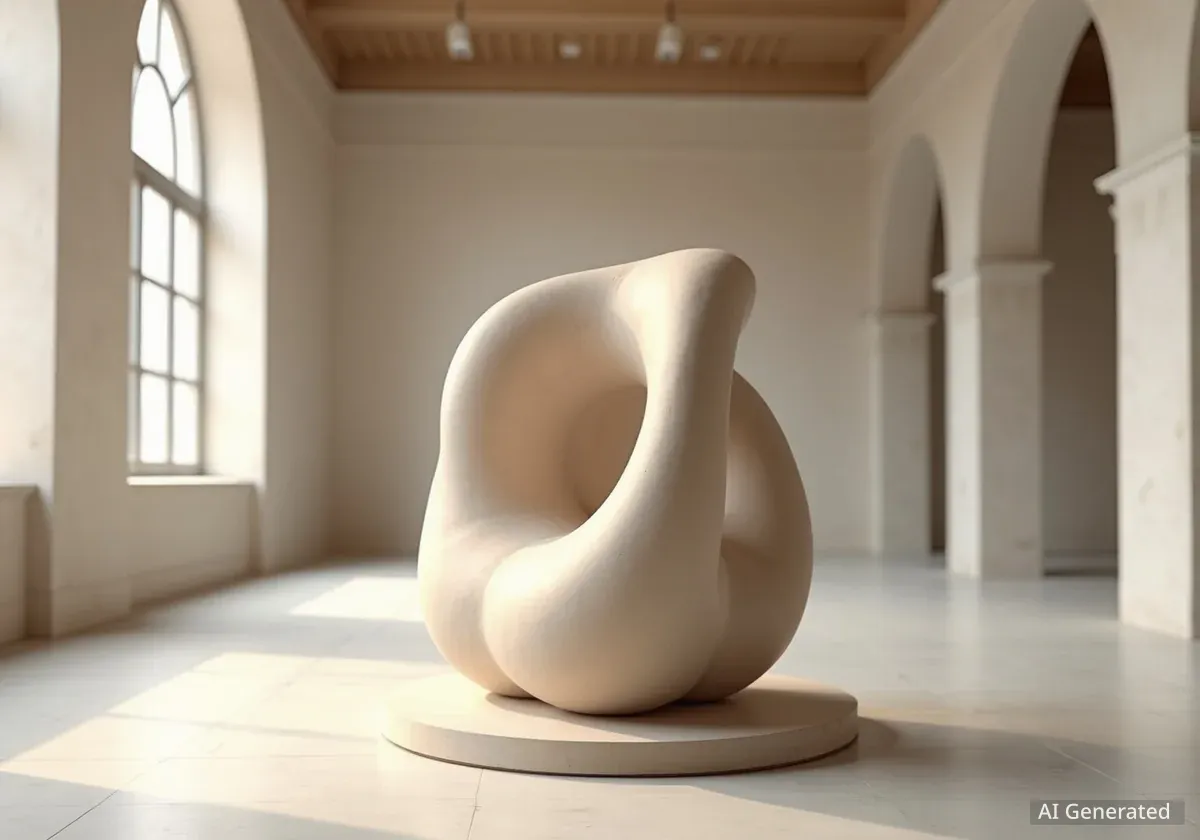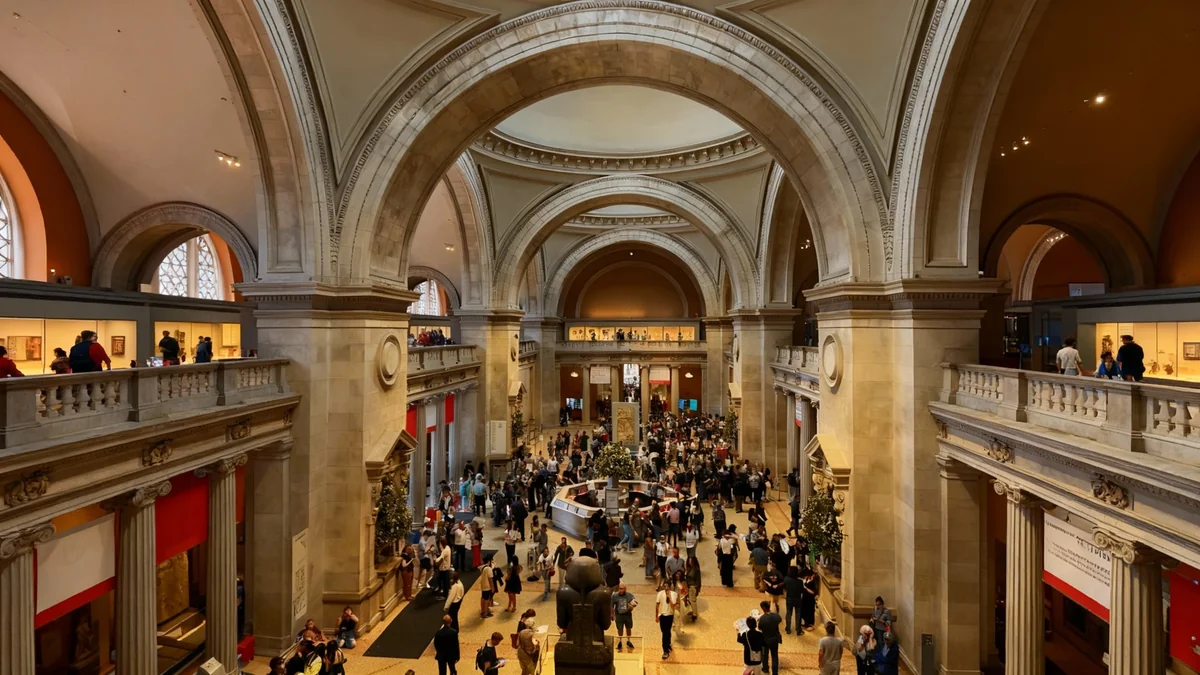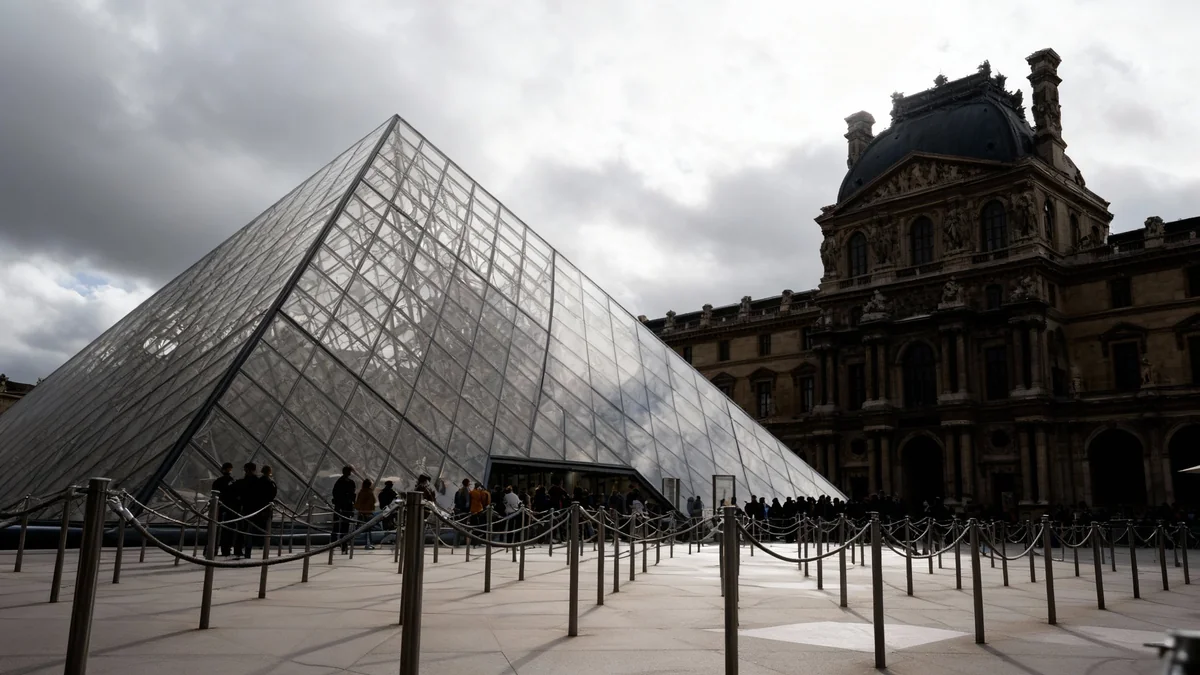Tate Modern in London has opened a major exhibition titled "Nigerian Modernism," which examines the vibrant artistic landscape of Nigeria during the mid-20th century. The show focuses on the period surrounding the nation's independence in 1960, a time of significant cultural and political transformation. It brings together works from more than 50 artists who navigated the complexities of postcolonial identity by blending indigenous traditions with international modernist styles.
Key Takeaways
- Tate Modern is hosting "Nigerian Modernism," an exhibition dedicated to art created around Nigeria's 1960 independence.
- The show features works by over 50 artists, with a special focus on sculptor and painter Ben Enwonwu.
- It explores the concept of "natural synthesis," where artists combined Nigerian cultural heritage with Western artistic techniques.
- Key pieces include Ben Enwonwu's rediscovered "Seven Wooden Sculptures" and works from the Zaria Art Society.
- The exhibition is scheduled to run at Tate Modern until May 10, 2026.
The Father of Nigerian Modernism: Ben Enwonwu
A central figure in the exhibition is Ben Enwonwu (1917-1994), who is widely regarded as a pioneer of African modernism. The exhibition dedicates a large solo room to his work, highlighting his dual role as an artist who upheld Nigerian traditions while engaging with global art movements. His influence is explored through both his sculpture and painting.
A Royal Commission and a National Symbol
One of Enwonwu's most historically significant commissions is featured prominently. In 1956, Queen Elizabeth II commissioned a life-size bronze sculpture of herself from Enwonwu during a royal tour of Nigeria. The work was intended to symbolize the relationship between Britain and the soon-to-be independent nation.
The resulting portrait was notable for what some British critics at the time called its "distinct Africanisation of the features." This was a deliberate choice by Enwonwu, who infused the Queen's likeness with stylistic elements from his famous sculpture "Anyanwu" (1955), which represents the Igbo Earth goddess Ani and symbolizes, in his words, "our rising nation." A smaller version of "Anyanwu," on loan from the Royal Collection, is a highlight of the exhibition.
Rediscovered Masterpiece
A star attraction is Enwonwu's "Seven Wooden Sculptures," commissioned in 1960 for the Daily Mirror's headquarters. The sculptures, ranging from one to two meters in height, were lost for decades before being rediscovered in a school garage in 2012. Enwonwu stated he wanted the figures to "represent the wings of the Daily Mirror, flying news all over the world."
The Zaria Art Society and Natural Synthesis
The exhibition devotes significant space to the painters of the Zaria Art Society, a group founded in 1958 by art students, including Uche Okeke and Demas Nwoko. Their core philosophy was "natural synthesis," a concept focused on creating a new, modern Nigerian art form by merging indigenous aesthetics and cultural narratives with European artistic techniques, without being derivative of either.
This section showcases how these young artists captured the spirit of independence in the 1960s. Their goal was to decolonize their artistic practice and develop a visual language that was authentically Nigerian yet contemporary.
Artistic Responses to a New Nation
The works from this period often directly addressed the political climate. For example, Demas Nwoko’s 1959 painting "Nigeria in 1959" depicts weary colonial officials, with shadowy Nigerian figures waiting in the background, symbolizing the imminent transfer of power. Uche Okeke's work often drew from Igbo folklore and addressed the cultural clashes described in Chinua Achebe's novel Things Fall Apart.
A Diversity of Materials and Traditions
Beyond the Zaria School, "Nigerian Modernism" celebrates a wide array of artistic practices rooted in traditional craftsmanship. The exhibition demonstrates how artists from different regions and backgrounds contributed to the era's creative explosion. The galleries are filled with the sounds of highlife music, creating an immersive atmosphere that reflects the period's optimism.
- Asiru Olatunde, a blacksmith, created detailed friezes hammered from aluminum sheets, such as "The Garden of Eden," which depicts scenes of village life.
- Adebisi Akanji, who trained as a bricklayer, used cement to sculpt figures of Yoruba deities, blending traditional religious iconography with modern construction materials.
- Sàngódáre Gbádégesin Àjàlá, a Yoruba priest, used tie-dye techniques to create large batik hangings that illustrate folklore and the rhythms of traditional music.
These works show a seamless connection between fine art and local craft, challenging the Western-defined boundaries between the two disciplines.
Art, Conflict, and Lasting Legacies
The exhibition does not shy away from the turmoil that followed independence. The devastating Biafran War (1967-1970) had a profound impact on the nation's artists. Uzo Egonu's post-cubist painting "Woman in Grief" (1968) is a powerful response to the conflict, portraying a bent, abstracted figure that conveys immense suffering.
After the war, artists from the Nsukka School, such as Obiora Udechukwu, sought to revive and reinterpret Igbo cultural symbols. Udechukwu's work, like "Our Journey" (1993), translates traditional uli body and wall painting motifs into linear, calligraphic abstractions that explore themes of memory, loss, and resilience in postcolonial Nigeria.
The interplay between African and European art is a recurring theme. The geometric forms in Yusuf Grillo's paintings, such as "The Seventh Knot," recall both traditional African sculpture and the work of Picasso, who was himself heavily influenced by African art. This creates a fascinating dialogue on cultural appropriation and exchange.
The exhibition concludes with a powerful display of sculpture, including Okpu Eze’s mahogany figure "The Adanma Masquerade" (1989). These works, which blend traditional forms with modernist abstraction, underscore the enduring strength of Nigeria's sculptural heritage. They stand as a testament to a generation of artists who forged a new identity for their nation on the world stage.
